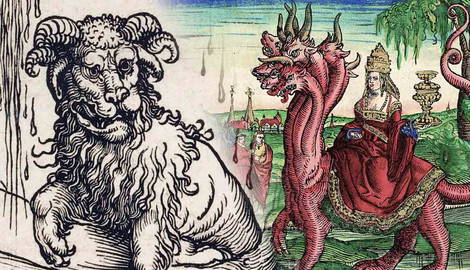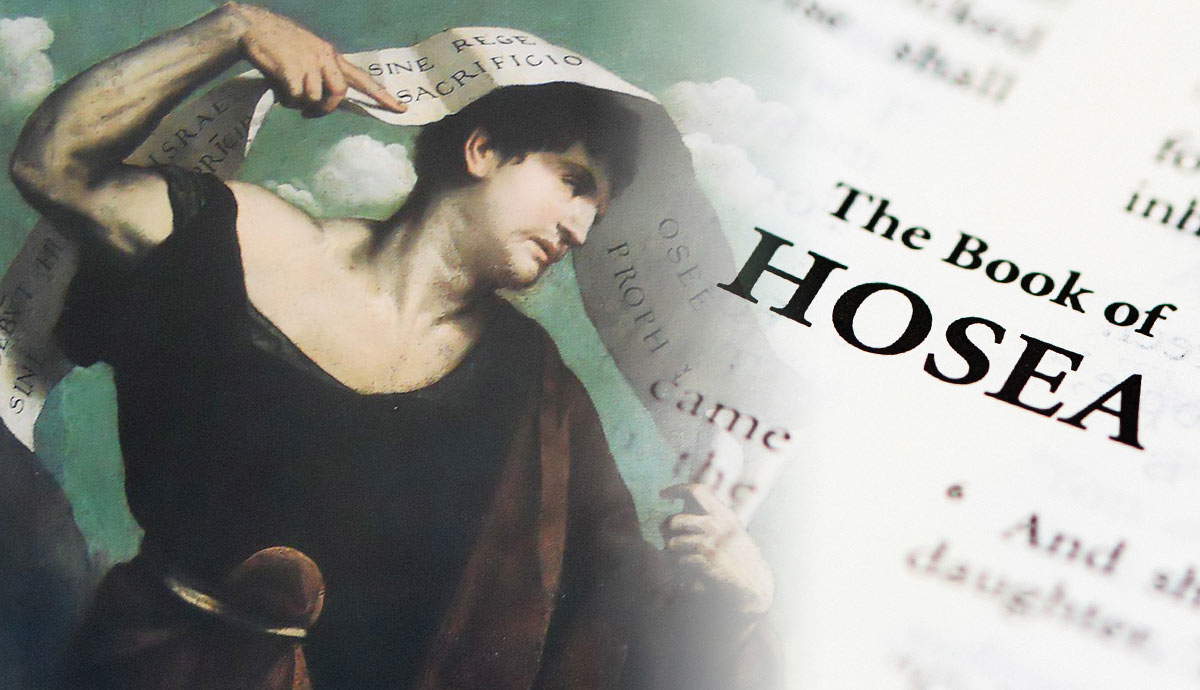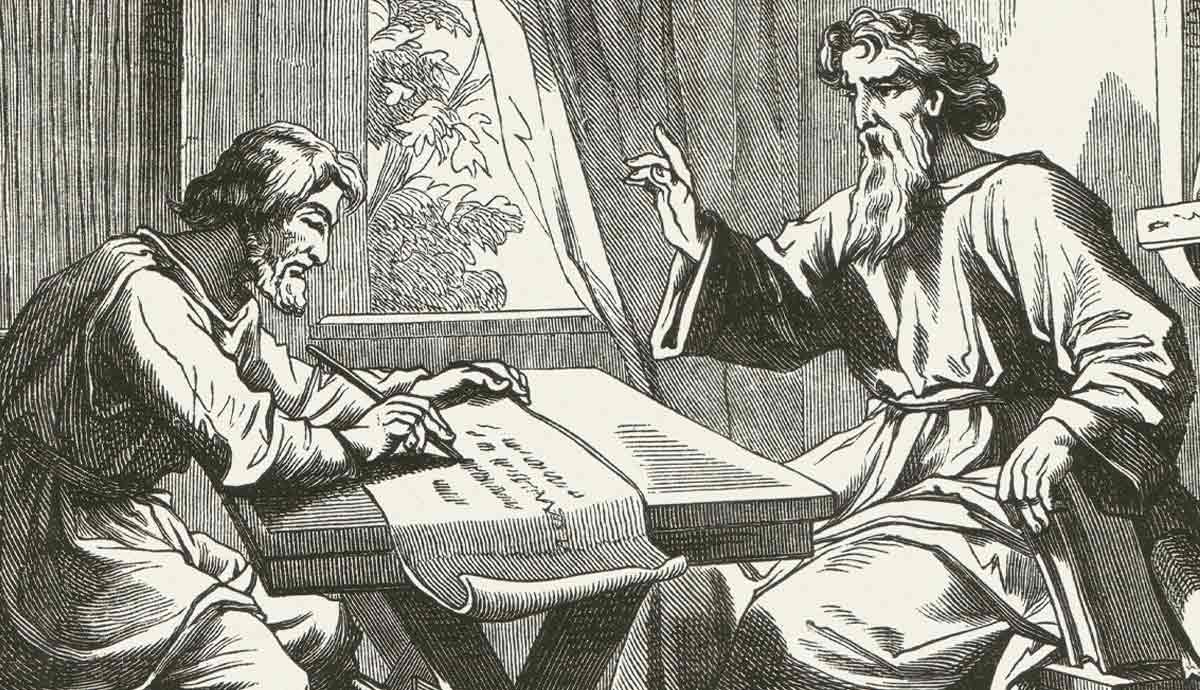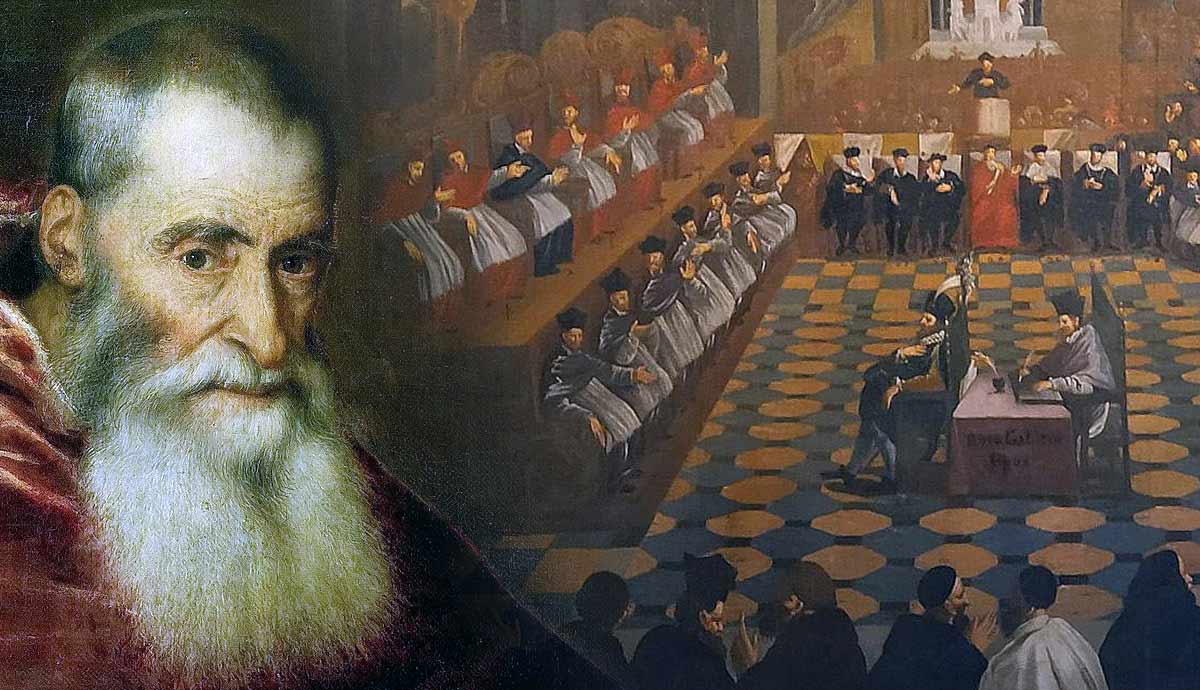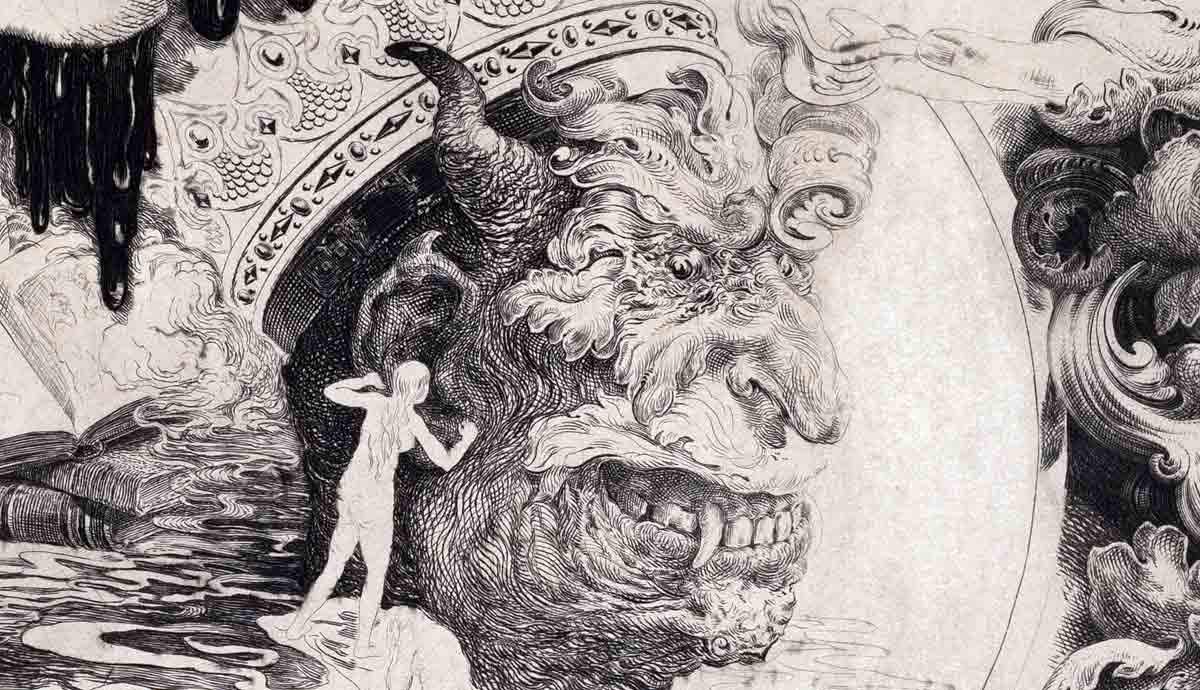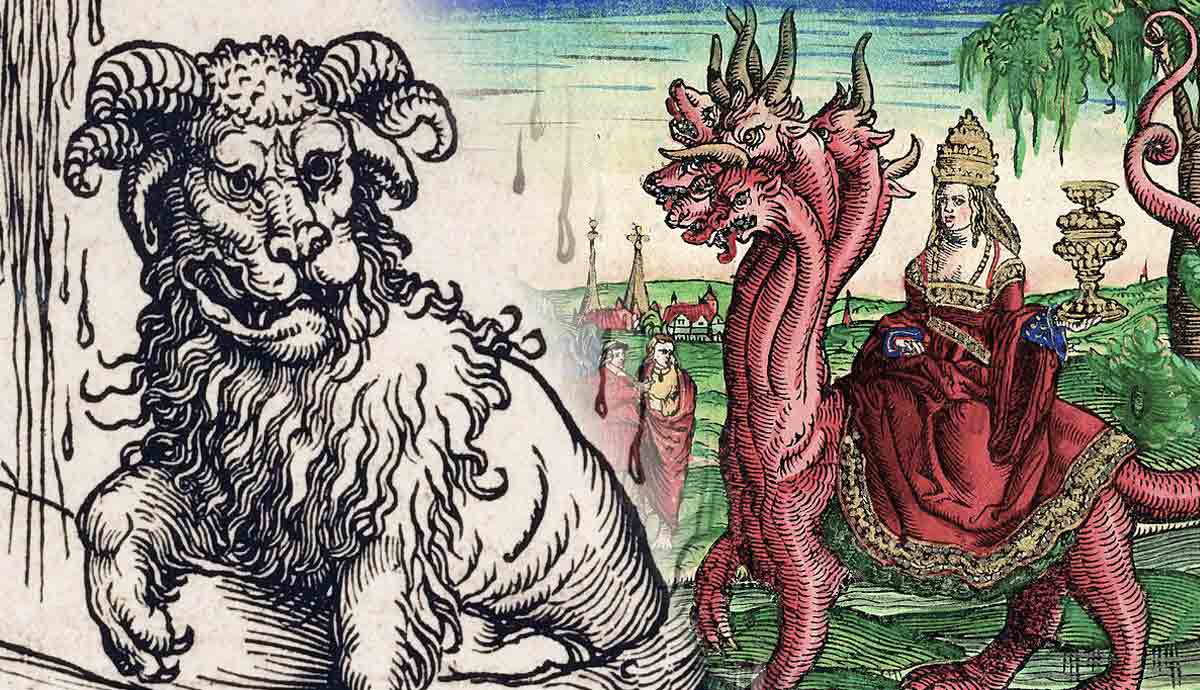
Early Christian scholars debated the inclusion of the Book of Revelation for centuries before it became part of the Biblical canon. Some Christian scholars feared that its vivid imagery might lead to dubious interpretations, and many churches avoided studying it. Other scholars studied it in depth, believing it to speak of the past, their present, and the future. Their interpretation of Revelation 13 and the Beasts of Revelation was particularly interesting. Many assumed the chapter was related to a sequence of consecutive corrupt empires. They even anticipated future powers that would rise based on this chapter.
The Beasts and Imagery of Daniel and Revelation
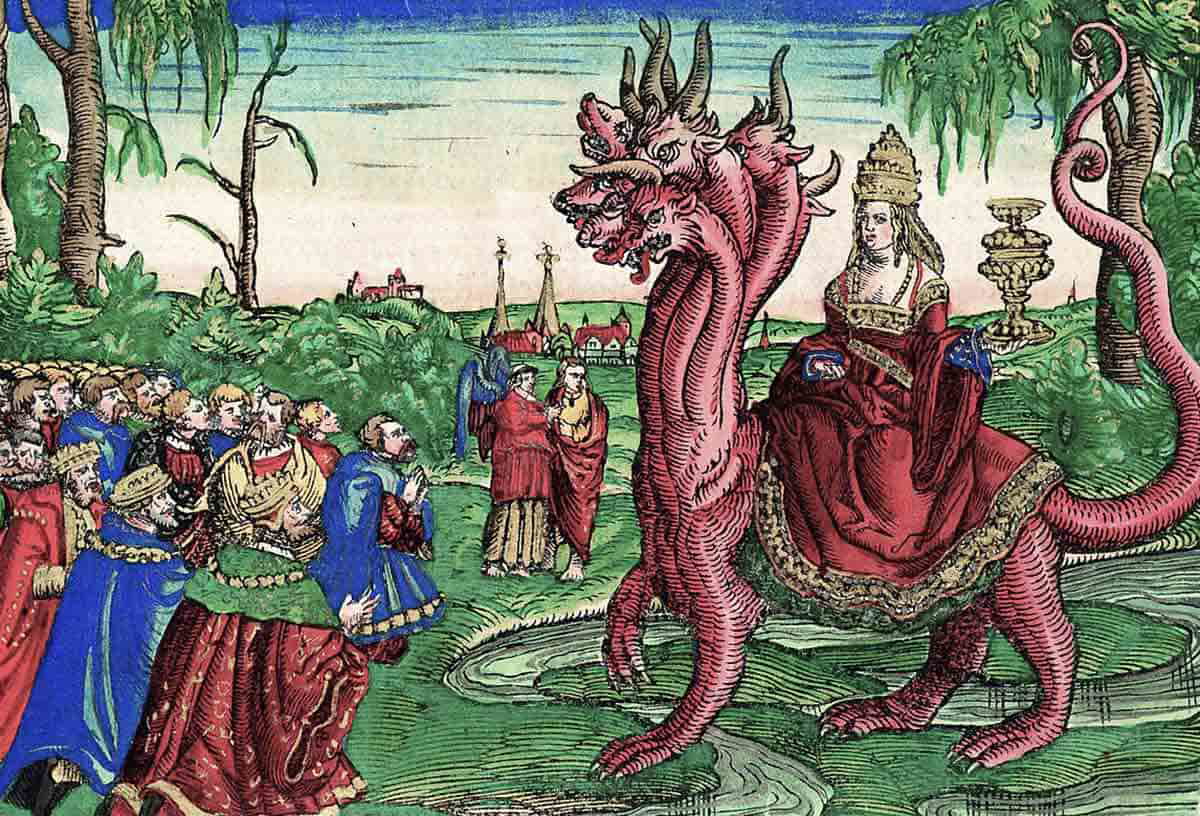
The Book of Revelation draws much of its symbolism from the Old Testament, and some scholars believe as many as 278 of the 404 verses in Revelation allude to images, symbols, and references from the Hebrew Bible. The Book of Daniel is particularly relevant to interpreting the first beast of Revelation 13 that John saw rising from the sea.
Revelation 13 presents the reader with two beasts. The first is a seven-headed beast with ten horns. Daniel 7 also detailed how four beasts rose from the sea. The correlation between the statue of Nebuchadnezzar’s dream in Daniel 2 and the beasts of Daniel 7 confirms that these beasts represented consecutive empires.
From the earliest centuries in Christian history, Church Fathers saw the correlation between the four beasts of Daniel 7 and the seven-headed beast of Revelation 13. Among those who noted the connection was Irenaeus of Lyon (130-202 CE) in Against Heresies (Book V, Chapters 25-26), Hippolytus of Rome (170-235 CE) in On Christ and Antichrist (27-28), and Augustine of Hippo (354-430 CE) in City of God (Book XX, Chapter 23).
The beasts from Daniel 7 were a lion, a bear, a four-headed leopard, and a non-descript beast with ten horns. The beast that rose from the sea in Revelation 13 had seven heads and ten horns. It was a combination of the beasts from Daniel 7 blended into one beast. This beast had characteristics similar to the dragon of Revelation 12, which is Satan, and received its power from the dragon (Revelation 13:2).
Identifying the Empires
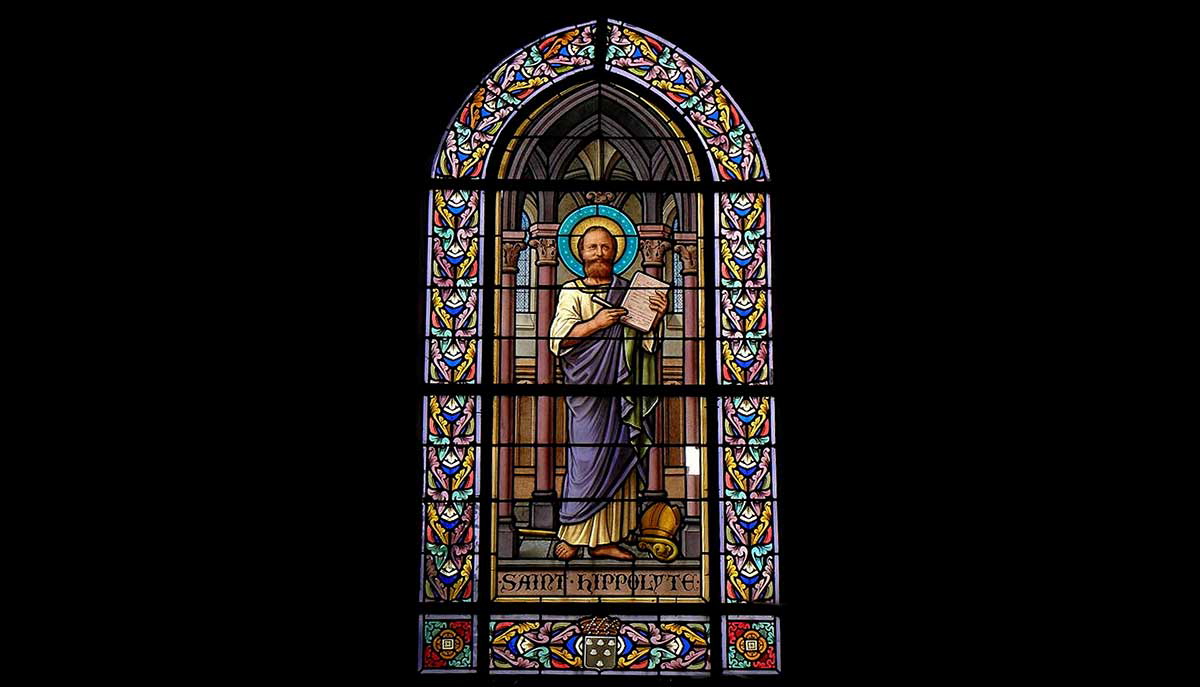
Apocalyptic prophecy often uses recapitulation, the process of reviewing and expanding, when adding information to previously revealed. Revelation 13 builds on the information from Daniel 7, which builds on the interpretation of Daniel 2 in turn.
Hippolytus interpreted the statue from Daniel 2 and the beasts from Daniel 7, as follows:
“The golden head of the image [Daniel 2] and the lioness [Daniel 7] denote the Babylonians; the shoulders and arms of silver [Daniel 2], and the bear [Daniel 7], represent the Persians and the Medes; the belly and thighs of brass [Daniel 2], and the leopard [Daniel 7], mean the Greeks, who held the sovereignty from Alexander’s time; the legs of iron [Daniel 2], and the beast dreadful and terrible [Daniel 7], expressed the Romans, who held the sovereignty for a time; the toes of the feet which were part clay and part iron [Daniel 2], and the ten horns [Daniel 7], were emblems of the kingdoms that are yet to rise; the other little horn that grows up among them [Daniel 7] meant the Antichrist in their midst; the stone that smites the earth and brings judgment upon the world [Daniel 2] was Christ.”
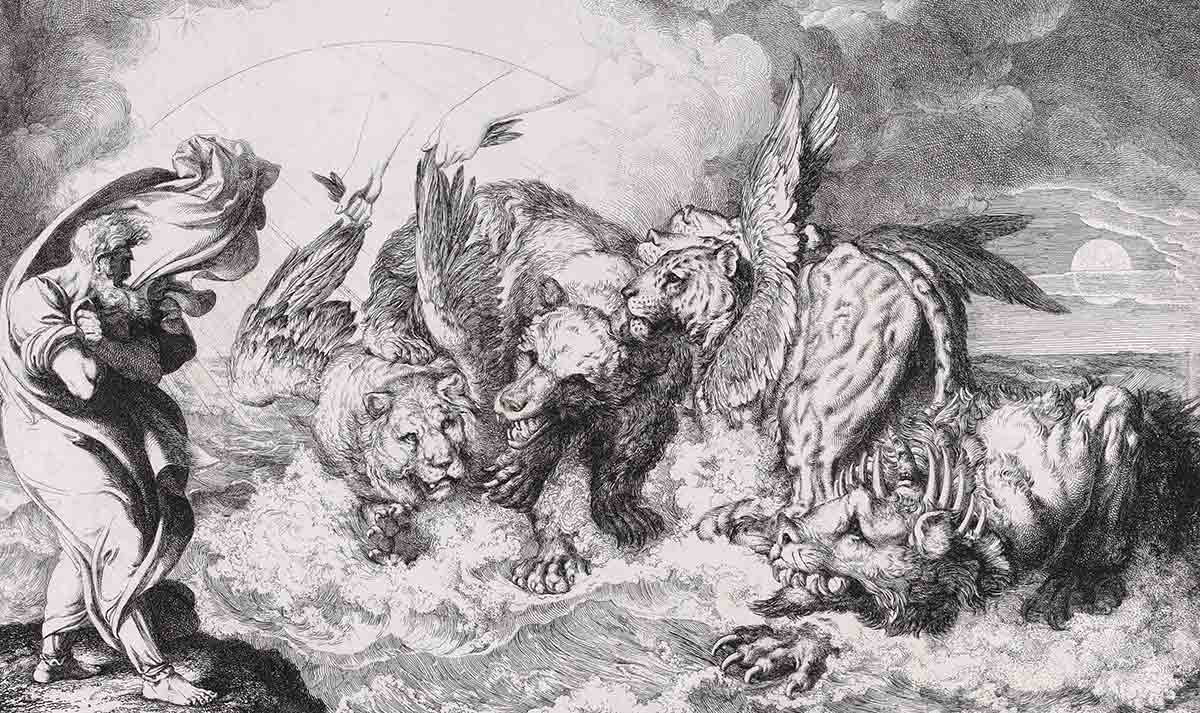
According to Hippolytus, the empires in Daniel 2 and 7 were the Babylonian Empire, the empire of the Persians, the Greek Empire, and the Roman Empire. Unlike the previous empires, which each fell to the subsequent one, the Roman Empire never fell to another empire, but ten kingdoms emerged from it. History shows that Barbarian hordes chipped away at the Western Roman Empire until it completely fragmented and lay in ruins.
Revelation 13:2 mentions the beasts in the exact opposite order to Daniel 7. One explanation is that Daniel lived during the reign of the Babylonians and was looking into the future. John, who lived during the Roman Empire, looked back in time, therefore, he saw the opposite sequence of animals representing the empires. They had opposite perspectives on the same events in history.
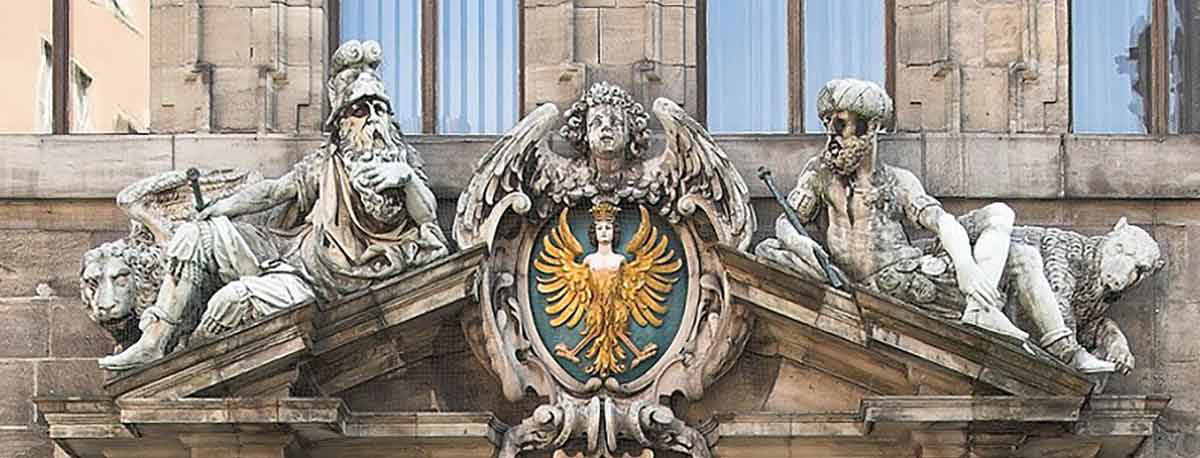
Hippolytus was unable to identify the nations that the Roman Empire would divide into because the division had not yet occurred in his time. He was sure, however, that the Roman Empire would end and from among its remnants (the ten horns) an Antichrist power would rise. As time progressed and the Roman Empire fell, it would become easier to identify the little horn.
C.C. Eckhardt, in The Papacy and World-Affairs, explained:
“Under the Roman Empire, the popes had no temporal powers. But when the Roman Empire had disintegrated and its place had been taken by a number of rude, barbarous kingdoms, the Roman Catholic church not only became independent of the states in religious affairs but dominated secular affairs as well.”
The Papacy adopted some of the titles of the Roman Emperors, such as Pontifex Maximus, which means “Greatest Pontiff” or “Chief High Priest.” The Roman Emperor was the chief high priest because, in antiquity, religion and politics intertwined inseparably. It often resulted in religious persecution of anyone who opposed the State Religion, as in the early centuries of Christianity until the Edict of Milan. In time, like the Roman Empire, the papacy began persecuting those who opposed their views.
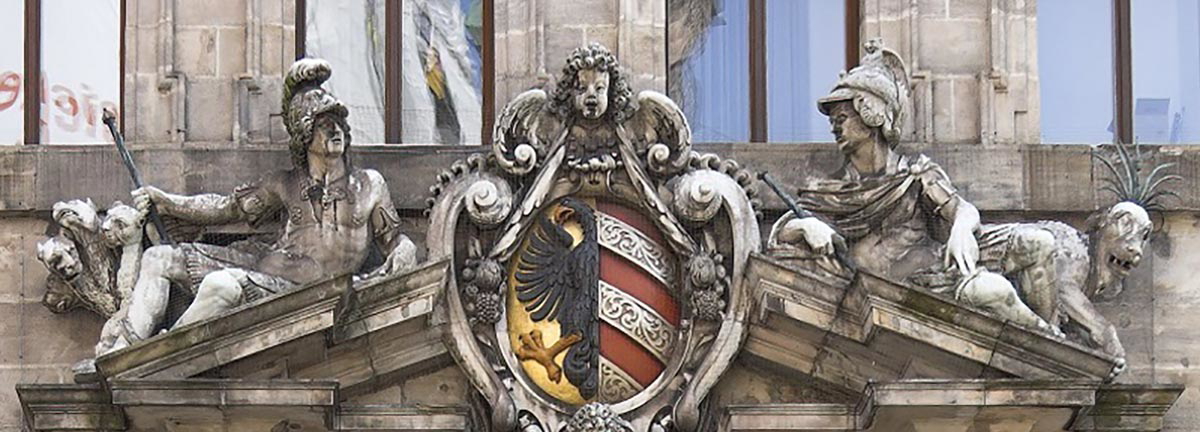
Most Reformers recognized the rise of the Roman Catholic Church from the embers of the Roman Empire as the rise of the little horn among the other horns. They identified the Papacy as the Antichrist power of Daniel and the sea beast of Revelation. Among them were Jan Huss, Martin Luther, Huldrych Zwingli, John Knox, Thomas Cranmer, Nicholas Ridley, John Calvin, and Theodore Beza. Thomas Hobbes, in his work Leviathan, first published in 1651, explained his understanding of the transition of the Roman Empire into the papacy. He wrote:
“If a man considers the origin of this great ecclesiastical dominion, he will easily perceive that the Papacy is none other than the ghost of the deceased Roman empire, sitting crowned upon the grave thereof” (p. 457).
The statues above the doors on the western side of the Rathaus in Nuremberg, Germany, show the sequence of nations depicted as the animals of Daniel 7, with the most prominent ruler of each nation they represent. It is evidence of how dominant this interpretation was when Leonard Kern, the artist, sculpted these statues in 1617.
In Protestant circles, notable American preachers like Charles Spurgeon and B.B. Warfield promoted the view that the papacy constitutes the little horn until the late 1800s. Neither of these men identified the beast from the earth in certain terms. Many Protestant denominations, however, started abandoning the historicist interpretation of prophecy in the late 1700s,1800s, and early 1900s. As a consequence, the identification of the little horn as the Papal system diminished.
Contemporary Interpretations
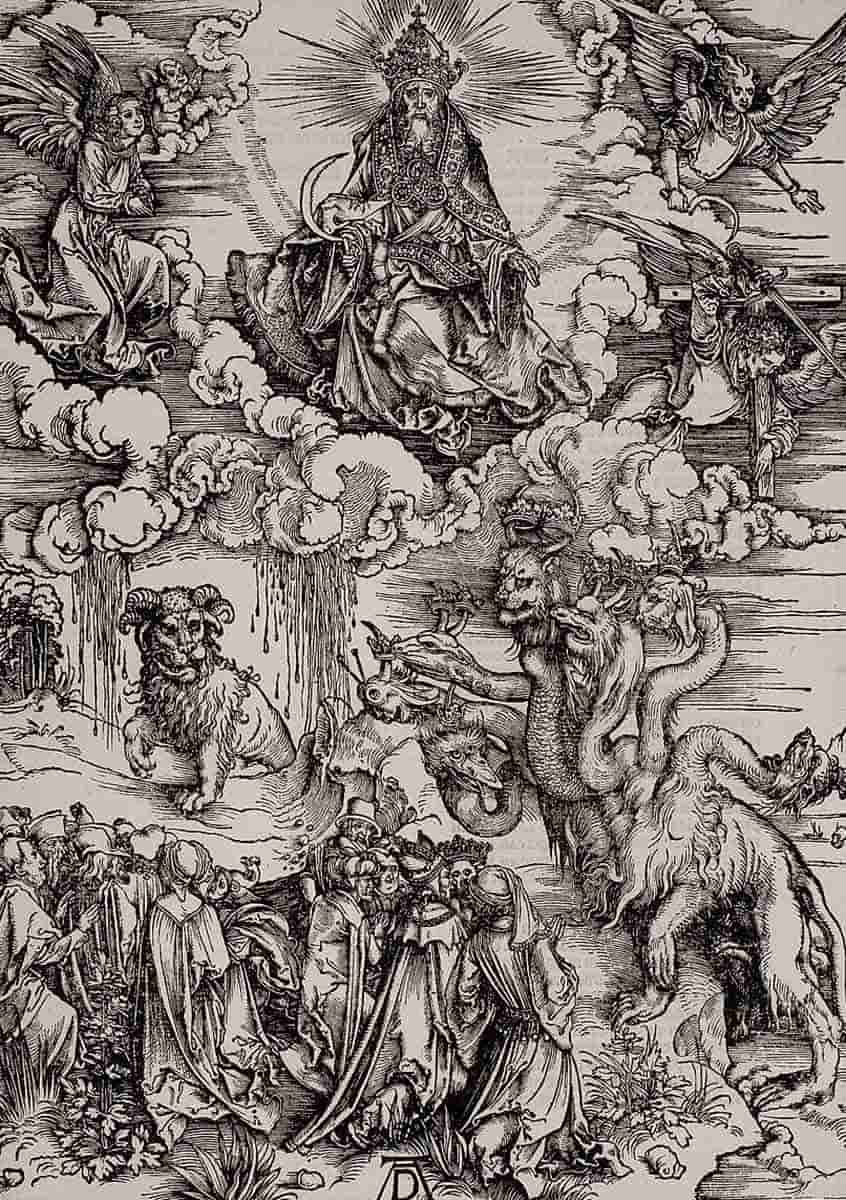
Few contemporary Christian denominations follow the Historicist interpretation of scripture, which dominated throughout Christian history. The main interpretive models followed by Christian denominations today are the Futurist, Preterist, and Idealist models. The Futurist model is the most dominant and rejects the basic tenets of Historicist interpretation. Most Futurists believe the Antichrist is an individual who will appear on the scene after the secret rapture and will persecute those who remain behind. In the 20th century, the World Council of Churches and the Second Vatican Council did much to reduce anti-Catholic rhetoric and launched a strong push toward ecumenism.
Historicists, however, continue to build on the interpretations long held within Christianity, building on the views of the Church Fathers and Reformers as history continues. Among those who still hold to the view that the Papacy is the Antichrist power of Revelation 13 are some Free Presbyterian churches, some Reformed Presbyterian, some Conservative Lutheran Bodies, and the Seventh-day Adventist Church.
While most of these groups believe the beast from the earth is a religious power and equate it with the false prophet of Revelation, the Seventh-day Adventist Church holds a unique view. According to them, the North American continent was a refuge for those who escaped religious persecution in Europe (Revelation 12:16). They believe the beast from the earth resembles the United States of America. The two horns of the lamb-like beast represent the separation of Church and State, codified in the First Amendment of the Constitution of the United States. This beast, in their view, abandons the principles embedded in the First Amendment and will start to speak like a dragon, becoming a persecuting power that acts against fundamentalist Christians, particularly those who keep the commandments of God (Revelation 12:17 & 14:12) by observing the seventh-day Sabbath.
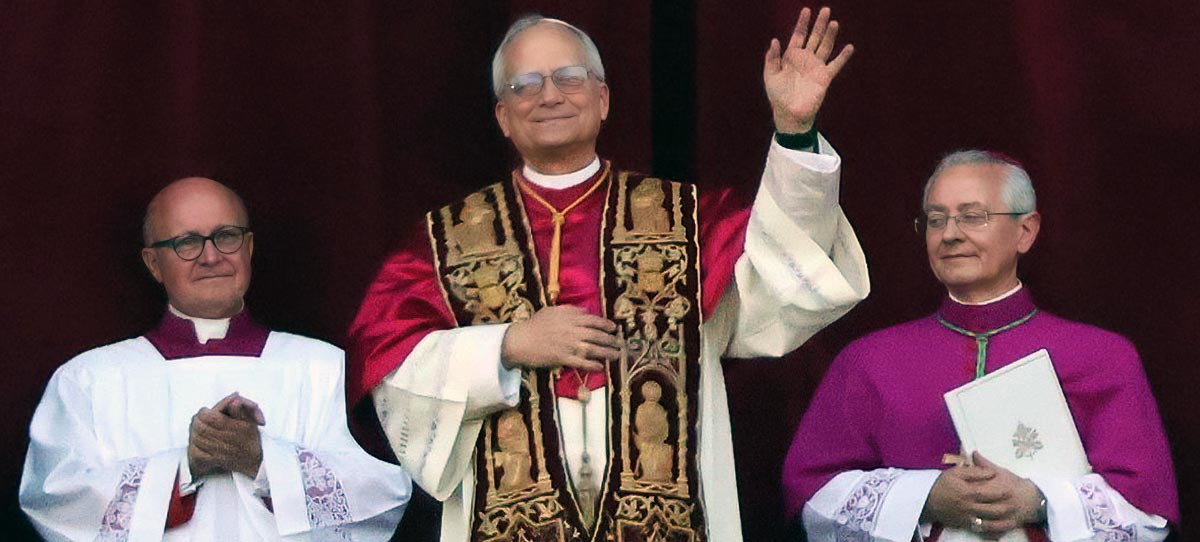
In Adventism, the beast from the sea is the false prophet of Revelation 16:13, 19:20, and 20:10. It forms part of the unholy trinity made up of the dragon (or Satan, Revelation 12:9), the Antichrist (Papal system), and the false prophet (America). Undoubtedly, the recent unprecedented election of an American as Pope—Leo XIV—will spur much controversy about the viability of such an interpretation.
Outside of the Historicism that dominated apocalyptic interpretation for most of Christian history, there is no sequence of nations in Revelation 13. In Preterist interpretation, the sea beast was the Roman Empire, and the earth beast was the Roman religion or emperor worship. In Futurist interpretation, the sea beast will be an individual who is the Antichrist and appears sometime in the future, while the earth beast will be a false prophet who guides people to serve the first beast.
In Idealism, the sea beast represents political tyranny in every age, promoted by false religion and propaganda. Only with the Historicist interpretation is the sea beast the culmination of successive empires that ended in the rise of the Papacy, where the beast from the earth, or false prophet, mimics the sea beast by acting in its image and forcing its worship.
